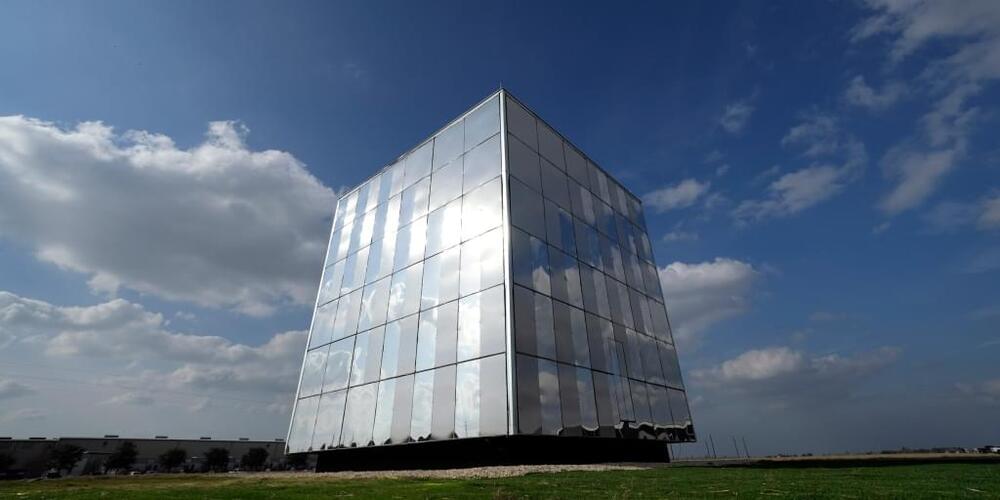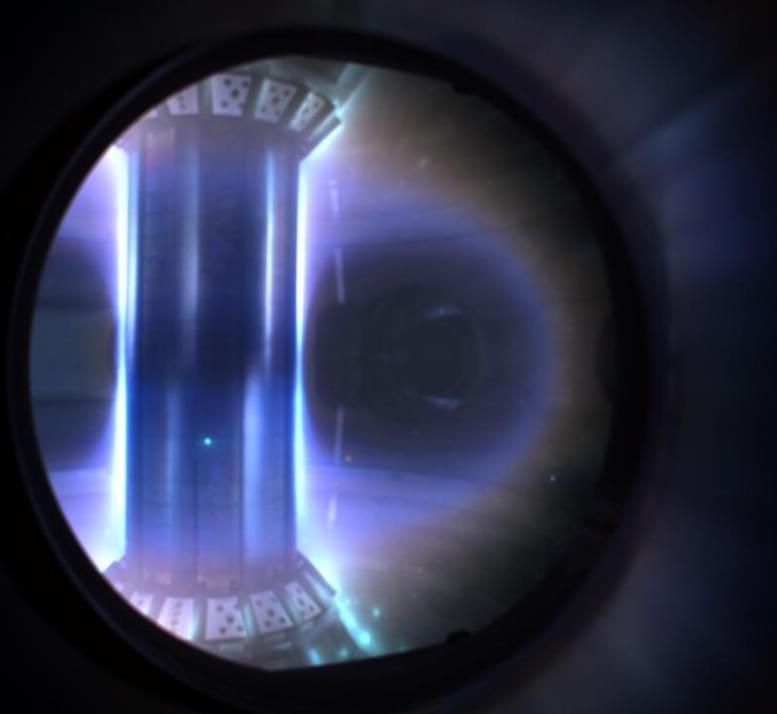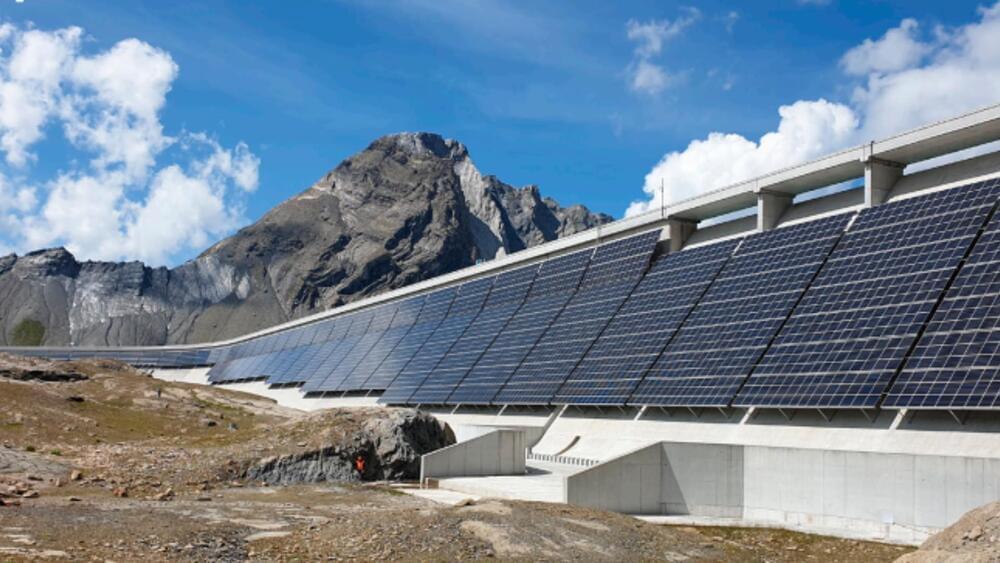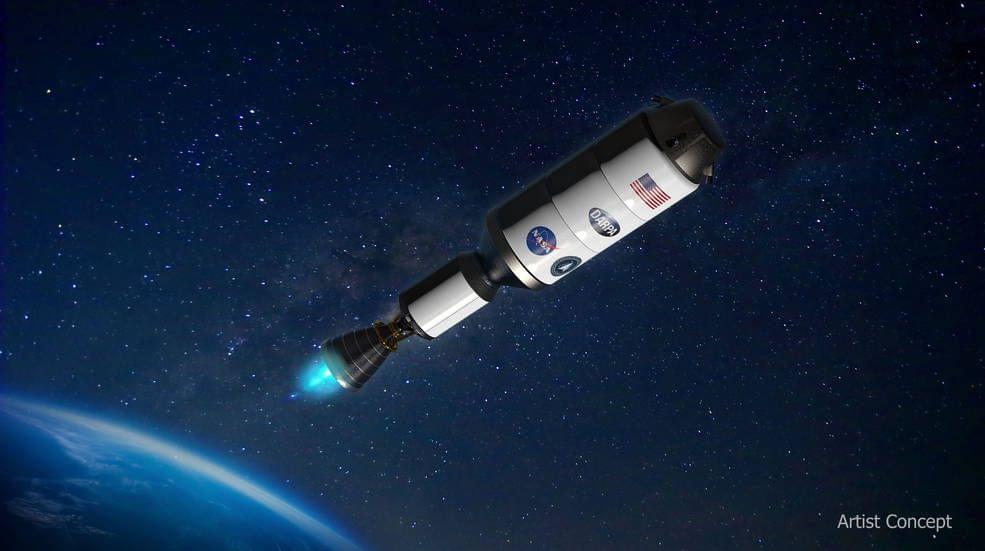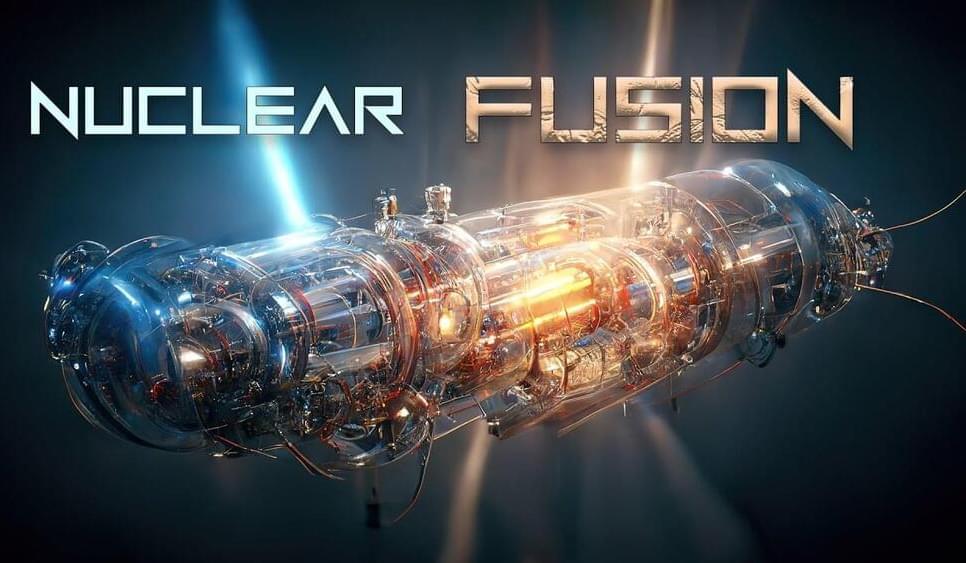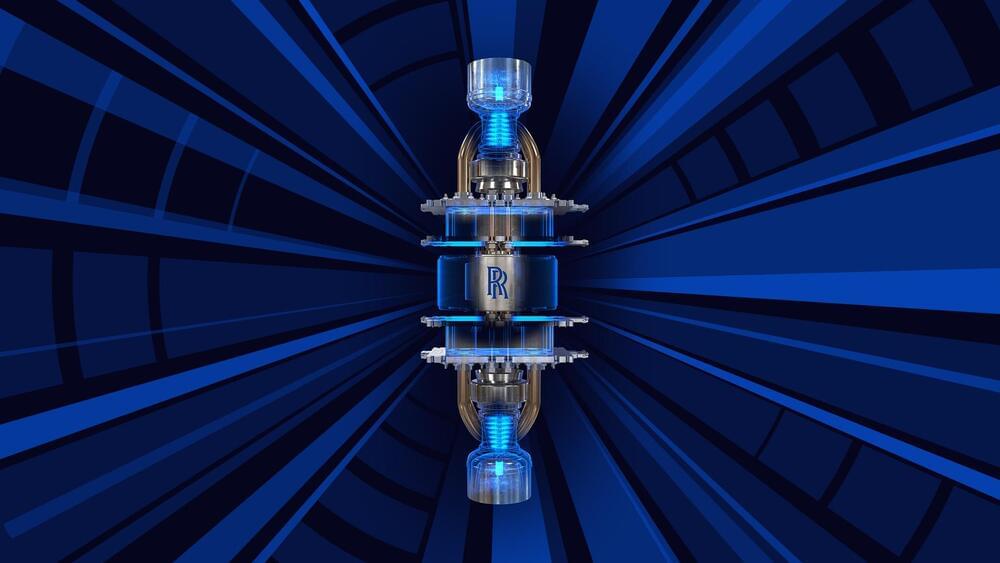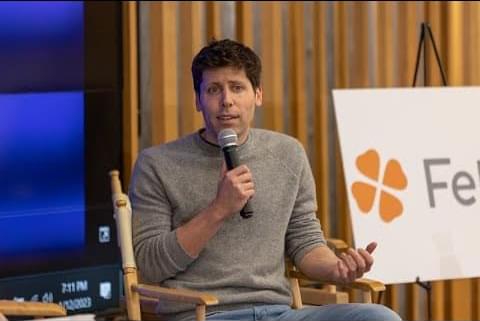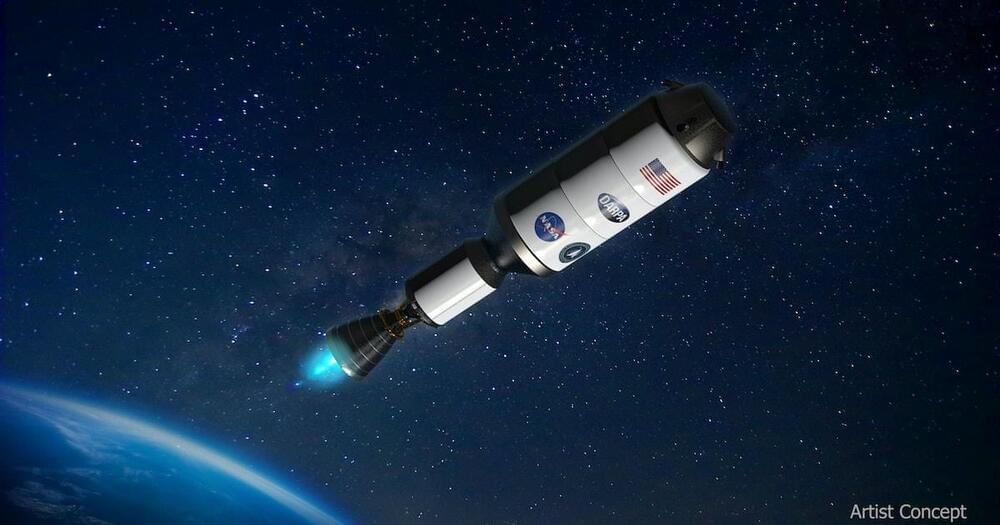Feb 9, 2023
Coming to a campus near you: Nuclear microreactors
Posted by Dan Kummer in categories: biotech/medical, military, nuclear energy
If your image of nuclear power is giant, cylindrical concrete cooling towers pouring out steam on a site that takes up hundreds of acres of land, soon there will be an alternative: tiny nuclear reactors that produce only one-hundredth the electricity and can even be delivered on a truck.
Small but meaningful amounts of electricity — nearly enough to run a small campus, a hospital or a military complex, for example — will pulse from a new generation of micronuclear reactors. Now, some universities are taking interest.
“What we see is these advanced reactor technologies having a real future in decarbonizing the energy landscape in the U.S. and around the world,” said Caleb Brooks, a nuclear engineering professor at the University of Illinois at Urbana-Champaign.
